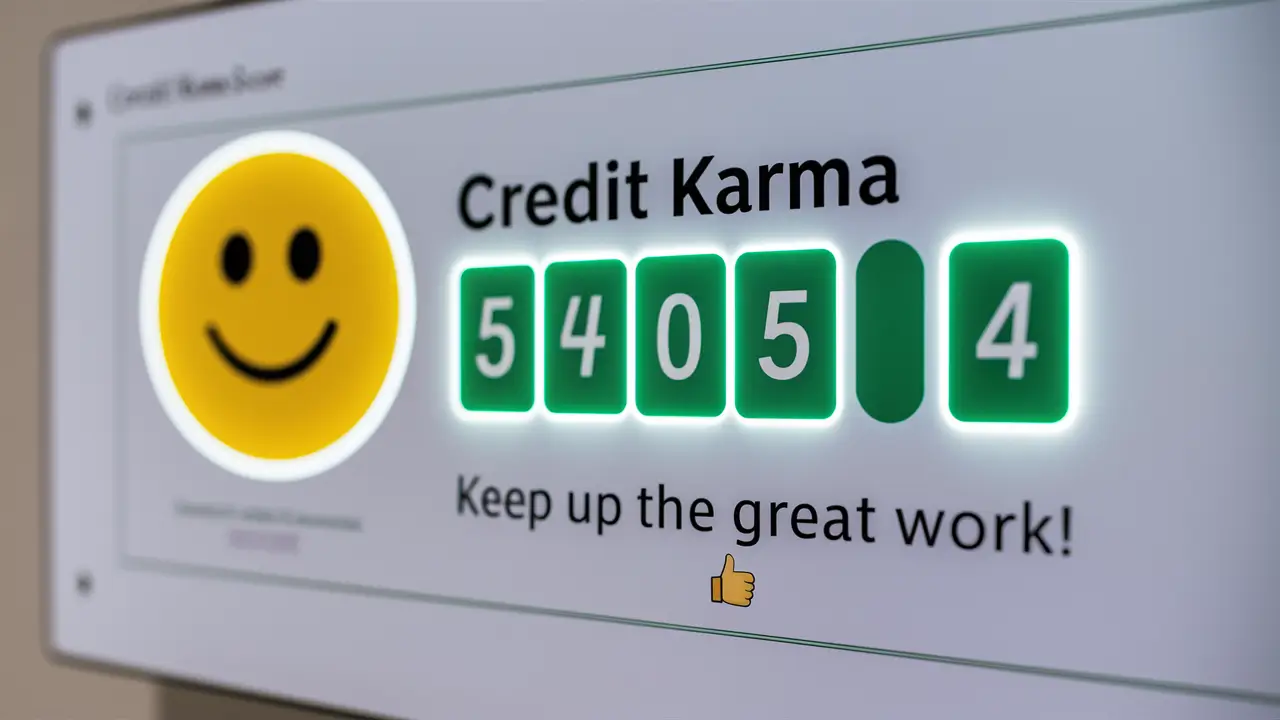
US citizens may have heard of Credit Karma when checking their credit score which provides a free credit score. However, how correct and credible is this score compared to the conventional FICO score used by most lenders? Below, you will find more information on what your Credit Karma score is as well as how accurate it is compared to your actual FICO score.
What is Credit Karma
Offering users free credit ratings from TransUnion and Equifax and free credit monitoring, Credit Karma is a very young and creative personal financial enterprise. Based on your credit history, they suggest credit cards, loans, and other products you may be interested in which generate income.
While Credit Karma is the most often used service for obtaining your credit score for free, some things need to be clarified; the score this service generates is a VantageScore credit score model, not a FICO score, which is used by more than 90% of the lenders in the United States. This suggests that it could not exactly reflect your creditworthiness in the credit facility you are looking at.
Two key scoring systems that people encounter when looking for credit scores are FICO scoring and Vantage Score.
Fair Isaac Corporation produced one of the most often used credit score models: the FICO score. They span three hundred to 850 points. Developed by Equifax, Experian, and TransUnion as well, VantageScore is another kind of credit score with a different way of scoring but a range of 300 to 850.
While both FICO and VantageScore determine your creditworthiness using comparable information from your credit report, there are several important variations in the models:
- Formulas: The techniques for arriving at the scores are different and involve the usage of complex algorithms and mathematical formulas differing from the FICO model. This results in score differences.
- Score ranges: Of course, it is necessary to mention that the distribution of consumers by the scores between 300 and 850 may slightly differ from model to model, but the main idea is that these models use the same score range.
- Credit report versions: FICO scores are based on experiences from Experian or TransUnion, while the VantageScores are based on information from Equifax or TransUnion. When the data gathered for your two reports does not tally down to the decimal, then there will be scoring variance as well.
What are the Major Differences between Using Credit Karma and FICO?
Credit Karma employs VantageScore and, while most lenders use FICO score when considering credit requests, the ratings differ in many cases.
According to research conducted by both FICO and VantageScore companies, it is evident that the two scores are related, but more than 50% of consumers were found to have Credit Karma scores, which was a least 20 points off their real FICO scores.
The level of disparity can also vary significantly across credit score ranges: The level of disparity can also vary significantly across credit score ranges:
- In the least credit quality group, Credit Karma overstates the FICO score by 19 to 24 for consumers who have a very good FICO score of more than 760.
- Credit Karma’s score is lower by 28 to 62 points compared to the creditworthiness of near-prime and subprime borrowers with FICO scores below 660.
This means that you cannot base yourself strictly on your credit karma score when going for credit or loans. Getting to see your actual FICO score is important for understanding how lenders will view your application.
The reason for the disparity between Credit Karma Scores and FICO
There are several reasons why the VantageScore models used by Credit Karma produce different scores than FICO models: There are several reasons why the VantageScore models used by Credit Karma produce different scores than FICO models:
- The weighting of credit score factors: In particular, the FICO formulas attribute different significance to the aspects such as payment history and amounts owed in comparison with the VantageScore models.
- Credit utilization calculations: As analyzed, Credit Karma and FICO assign credit card utilization ratios differently. FICO analyzes the total credit utilization as well as the relative credit utilization ratio to the number of credit cards.
- Values of payment history: One important factor is that there are slight differences in how payment lateness is tracked, which leads to the divergence in scores.
- Credit report data fidelity: These scores are different because the credit files used by Credit Karma, reporting Equifax/Transunion data, and the ones used by FICO and being Experian/TransUnion records are not equal.
- Model versions: Credit Karma might provide older VantageScore versions than lenders do, and the FICO model is not constant but updated from time to time. This leads to scoring differentials over time.
How to Check Your True FICO Credit Score
However, to know how well you stand in terms of the FICO score, you need to refer to Credit Karma for your VantageScore and then check your actual FICO before a credit application. Ways to check your FICO scores include: Ways to check your FICO scores include:
• Another source of obtaining scores is to directly buy from myFICO. com. • The FICO score can be obtained for free through credit cards or bank accounts that provide access to the FICO score. • Checking free FICO scores from credit monitoring sites like Experian, TransUnion, or IdentityForce • Inquiring for your mortgage or auto loan FICO scores from your lender
While it is true that they offer free score access and as is usually the case with free scores, you can get older FICO score models and not the newest FICO score models, at least they offer the Credit Karma VantageScore and can offer better insight than only using that score.
Since both FICO and VantageScores are common scores used by creditors, it is good to check them occasionally so that you can try and enhance your scores. Still, it’s important to note that credit checkers like FICO, so the best way to improve your score is to concentrate on increasing your FICO score.
Another way in which Credit Karma simplifies the lives of consumers is that it offers free access to VantageScore credit scores. However, all consumers should be able to know that it is not comparable to the FICO scores employed by the lenders in the assessment of credit risks. It is also found that Credit Karma has a greater tendency to overestimate scores by as much as 24 points in customers with excellent credit and altogether underestimate scores by as much as 62 points in near-prime borrowers.
My recommended sources include MyFICO or credit cards and it is wise to get a real idea of your scores from lenders’ perspective before applying for new credit. Tracking the fluctuations of your credit score, based on both the VantageScore and FICO models, is valuable for knowing your credit standing.
Call now for expert credit repair services: (888) 803-7889
Read More:
Why is my FICO score 100 points lower than Credit Karma?
Should I pay off a 3-year-old collection?
Why did my credit score drop 40 points after paying off debt?
How rare is a 700-credit score?
What is #1 factor in improving your credit score?




